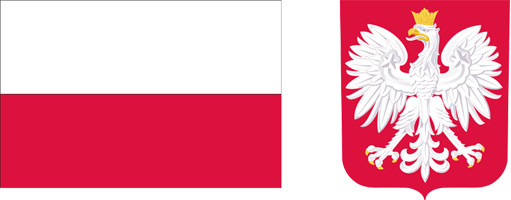Current issue
Archive
About the Journal
Aims and Scope
Editorial Board/Editorial Team
List of reviewers
Publishing process
Publishing Ethics and Malpractice Statement
Personal data protection (GDPR)
Creative Commons License
CrossRef Member / Similarity Check
For Authors
Call for papers
Guidelines for authors
Submitting a manuscript through the editorial system – step by step
For Reviewers
Peer review process
Guidelines for reviewers
Submitting a review – step by step
Contact
RESEARCH PAPER
EVALUATION OF THE EFFECTS OF REPLACING THE WIBOR RATE BY THE WIRON RATE FOR PREFERENTIAL CREDITS IN POLISH AGRICULTURE
1
Institue of Agricultural and Food Economics National Research Institute
2
University of Lodz
3
Warsaw School of Economics
Submission date: 2023-08-27
Final review date: 2023-12-10
Acceptance date: 2024-01-12
Publication date: 2024-03-26
Zagadnienia Ekonomiki Rolnej / Problems of Agricultural Economics 2024;378(1):1-29
KEYWORDS
financial intervention in agriculturepreferential credits in Polish agricultureWIBORWIRONagricultural finance
JEL CLASSIFICATION CODES
G21
Q14
Q18
TOPICS
ABSTRACT
The aim of the article is to present an assessment of the economic effects of replacing the WIBOR
rate with the WIRON rate for preferential credits in Polish agriculture. The study is an in-depth case
study and uses the simulation analysis method. The introduction of the WIRON 3M rate will result in
a reduction in the interest rate on preferential credits granted in the future, and the nominal scale of
the discount will depend on the phase of monetary policy in the country and the level of the applicable
interest rates set by the National Bank of Poland (NBP). However, in the case of credits granted according
to the currently applicable mechanism (interest rate based on WIBOR 3M) or the promissory
note rediscount rate, the change will most likely be neutral. The largest part of the interest rate reduction
in all phases of the monetary policy cycle is obtained by borrowers (farmers) using credit lines:
RR (credits for investments in agriculture and inland fishing, Z (credits for the purchase of agricultural
land) and most activities financed under the PR line (credits for investments in the processing of
agricultural products, fish, crustaceans and molluscs, as well as the purchase of stocks and shares).
In the case of disaster loans granted to insured borrowers, the only beneficiary of the index change
will be the State Treasury. Quantifying the potential savings for borrowers in the agricultural sector
related to changes in reference rates is not easy due to the scarcity of the available detailed data.
Share
RELATED ARTICLE
We process personal data collected when visiting the website. The function of obtaining information about users and their behavior is carried out by voluntarily entered information in forms and saving cookies in end devices. Data, including cookies, are used to provide services, improve the user experience and to analyze the traffic in accordance with the Privacy policy. Data are also collected and processed by Google Analytics tool (more).
You can change cookies settings in your browser. Restricted use of cookies in the browser configuration may affect some functionalities of the website.
You can change cookies settings in your browser. Restricted use of cookies in the browser configuration may affect some functionalities of the website.




